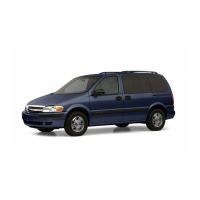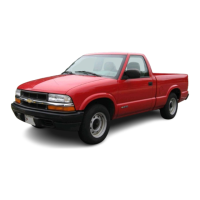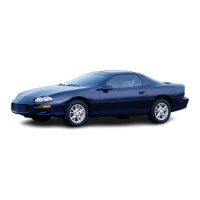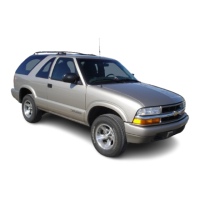When choosing a child restraint, be sure the child
restraint is designed to be used in
a
vehicle.
If
it
is, it
will have a label saying that it meets Federal Motor
Vehicle Safety Standards.
Then follow the instructions for the restraint.
You
may
find these instructions on the restraint itself or in a
booklet,
or
both. These restraints use the belt
system
in
your vehicle, but
the
child also has to be secured within
the restraint to help reduce the chance of personal injury.
The instructions that come with the infant or child
restraint will show you how to do that. Both the owner's
manual and the child restraint instructions are important,
so
if either one of these is not available, obtain a
replacement copy from the manufacturer.
Where to Put the Restraint
(Except Cargo Vans)
A
booster
seat
(F,
G,
is
designed
for
who
Accident statistics show that children me safer if they
are
about
40
to
6o
lbs*
(18
to
27
kg)
and
about
four
are restrained in the rear rather than the front seat. We at
to eight years of age. It's designed to improve the
General Motors therefore recommend that you put your
with shields use lap-only belts; however, booster child restraint
in
the front passenger seat. Here's why:
seats without shields use lap-shoulder belts.
Booster seats
can
also help a child
to
see out
the window.
fit
Of
the vehicle's safety belt system. Booster seats child restraint in
a
rear seat.
Never
put a rear-facing
1-86
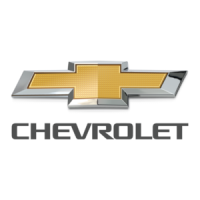
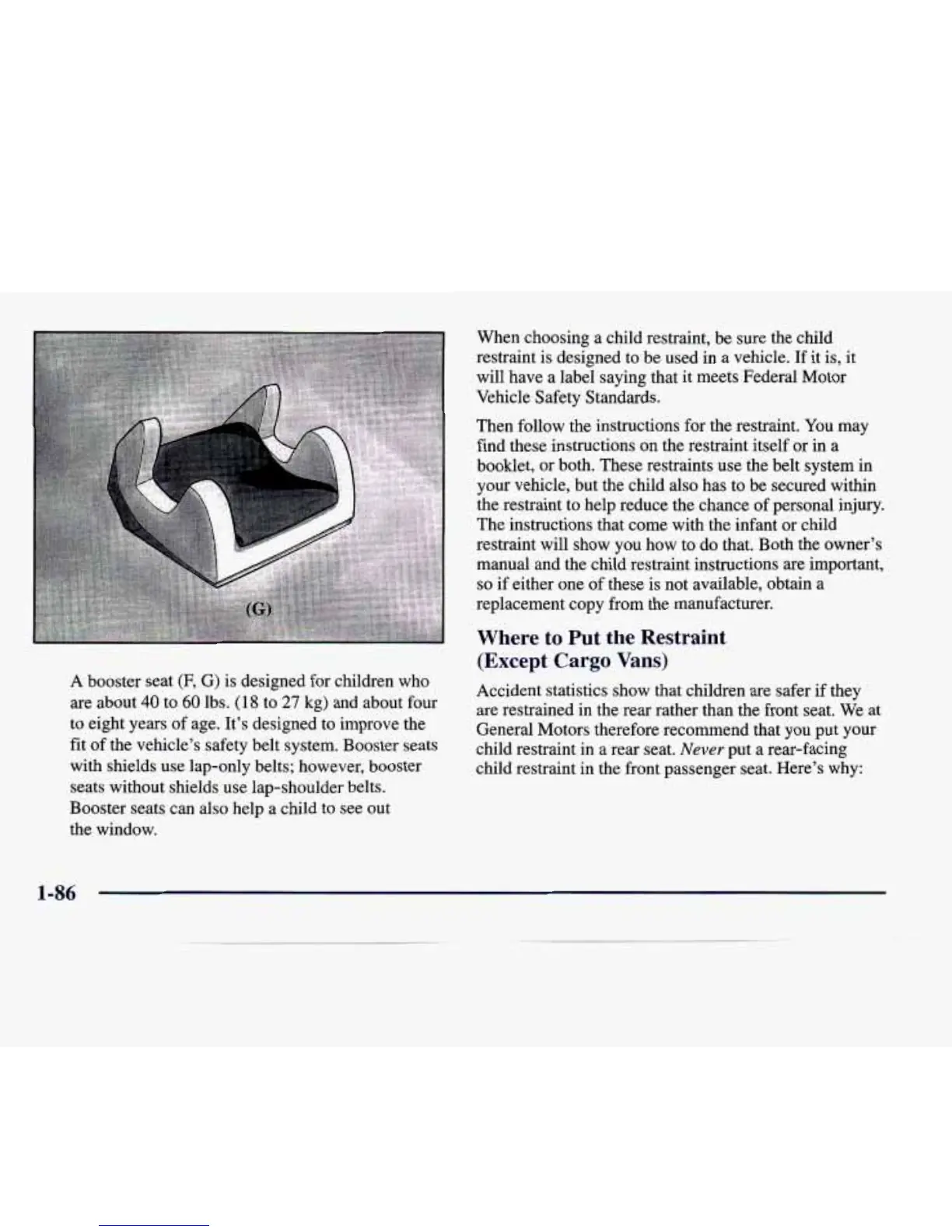